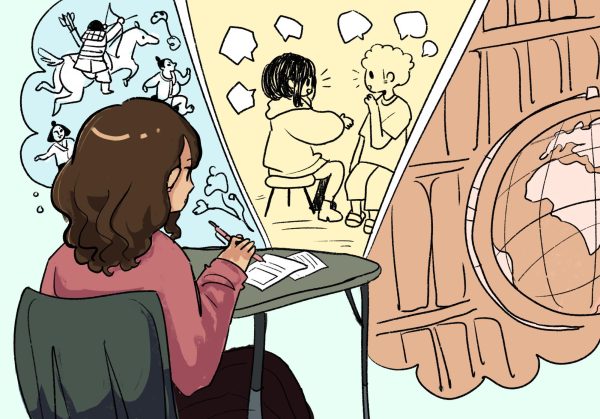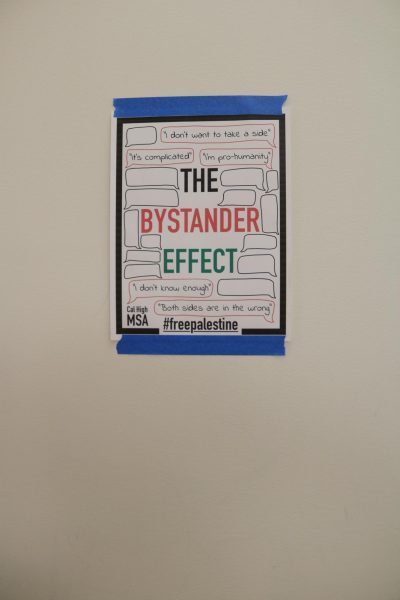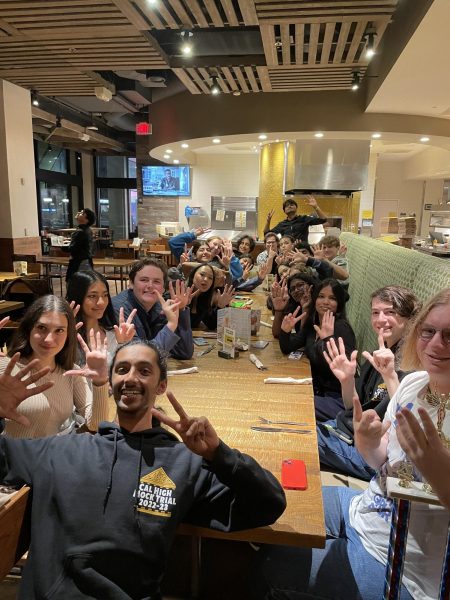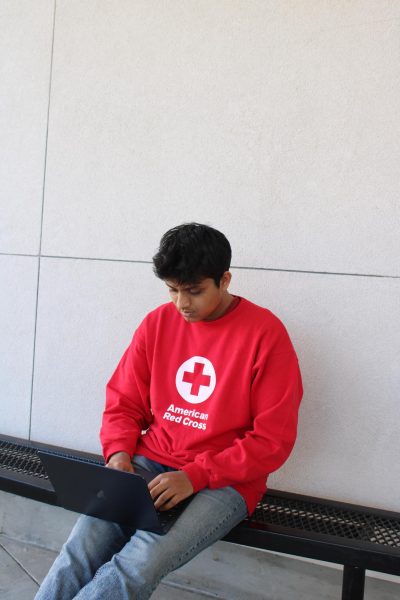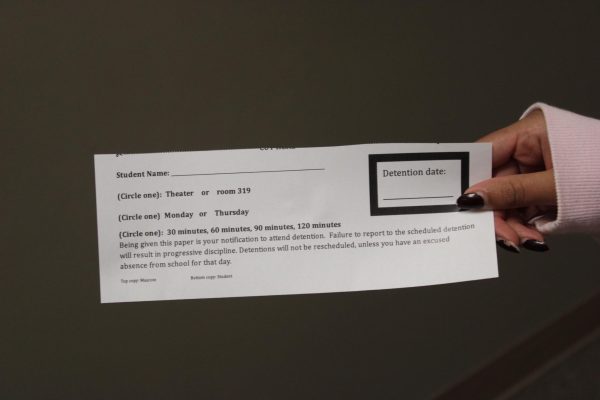Fans take adoration to new extreme
Getting tattoos of celebrities and stalking their every move are part of the social norm for fans of today’s entertainment world.
But Justin Bieber devotees recently demonstrated how a celebrity obsession can sometimes go too far.
The drama arose when fans caught wind of a prank that called for them to cut themselves in protest of a photograph of Bieber holding what appeared to be a joint.
“He had such a clean cut image that people could idolize him easily,” said senior Miranda Shakes. “They thought of him as a good role model even though his objective never was to be a good role model.”
TMZ posted the photograph in early January and an anonymous user on 4chan, the same website that once claimed Bieber was diagnosed with cancer and started the #BaldForBieber Twitter trend, suggested the “Cut for Bieber” campaign.
“[Self-harm as a way to express love for an idol] is a really scary concept,” said English teacher Donna Montague. “There’s definitely something psychologically lacking (with the fans) trying to have this pseudo relationship with a celebrity to fill that need.”
Twitter users posted mock photos with ketchup spread on their wrists like blood and scissors in mid-cut of pictures of the singer. But when photos of Bieber fans truly inflicting self-harm began to surface, the practical joke became an eye opener to the horror that can manifest from the click of a button.
“When we look at middle to younger adolescent females, they do tend to have higher rates of cutting in general as a response to many things,” said psychology teacher Brandon Quick. “In my opinion it is more of a product, especially in [Bieber’s] particular situation, of the age of the star and the age of the fans.”
Many solely blame the fans for letting the campaign get so out of hand.
“(The #CutForBieber trend) was so unnecessary,” said sophomore Jason Sawdey. “It’s good to be a fan but when you hurt yourself for no reason it just becomes ridiculous.”
Junior Melissa Jayasuriya, a Bieber fan, thinks the trend was unjustifiable.
“I was not personally upset by the picture of him smoking weed,” said Jayasuriya. “It was his choice to smoke and there is nothing I can do about it.”
Shakes had the opportunity of meeting the Canadian star last October at the opening of his Believe Tour and did not detect any signs of malice in his personality. She described him as polite and nice, thanking fans throughout the show.
But many Twitter users, including celebrities such as Miley Cyrus, fought back against the campaign that encouraged fans to hurt themselves.
“Everyday growing and learning. Trying to be better. U get knocked down, u get up [sic],” Bieber posted on Twitter after the photos surfaced.
The “Baby” singer is known for keeping a close relationship with his fans via social networking sites like Twitter and Instagram, but some students question whether these websites are beneficial to pop culture in the long run.
“Celebrities feed into obsession when they allow fans to have immediate connection so they think they are friends,” said Montague.
Quick suggested that celebrities simply let fans see them in the public eye, doing normal activities that are unrelated to their performances, in order to remind the world that stars are real people, too.
But Bieber is not the only celebrity who has had to deal with such crazy fandom because of the Internet.
“People generally become obsessed with that illusion of perfection in celebrities, we forget they’re real people,” said Quick. “The information is so much faster and more plentiful now.”
“Anytime that you do something to dramatically alter your life because of somebody, I think that’s obsession,” said Shakes.
